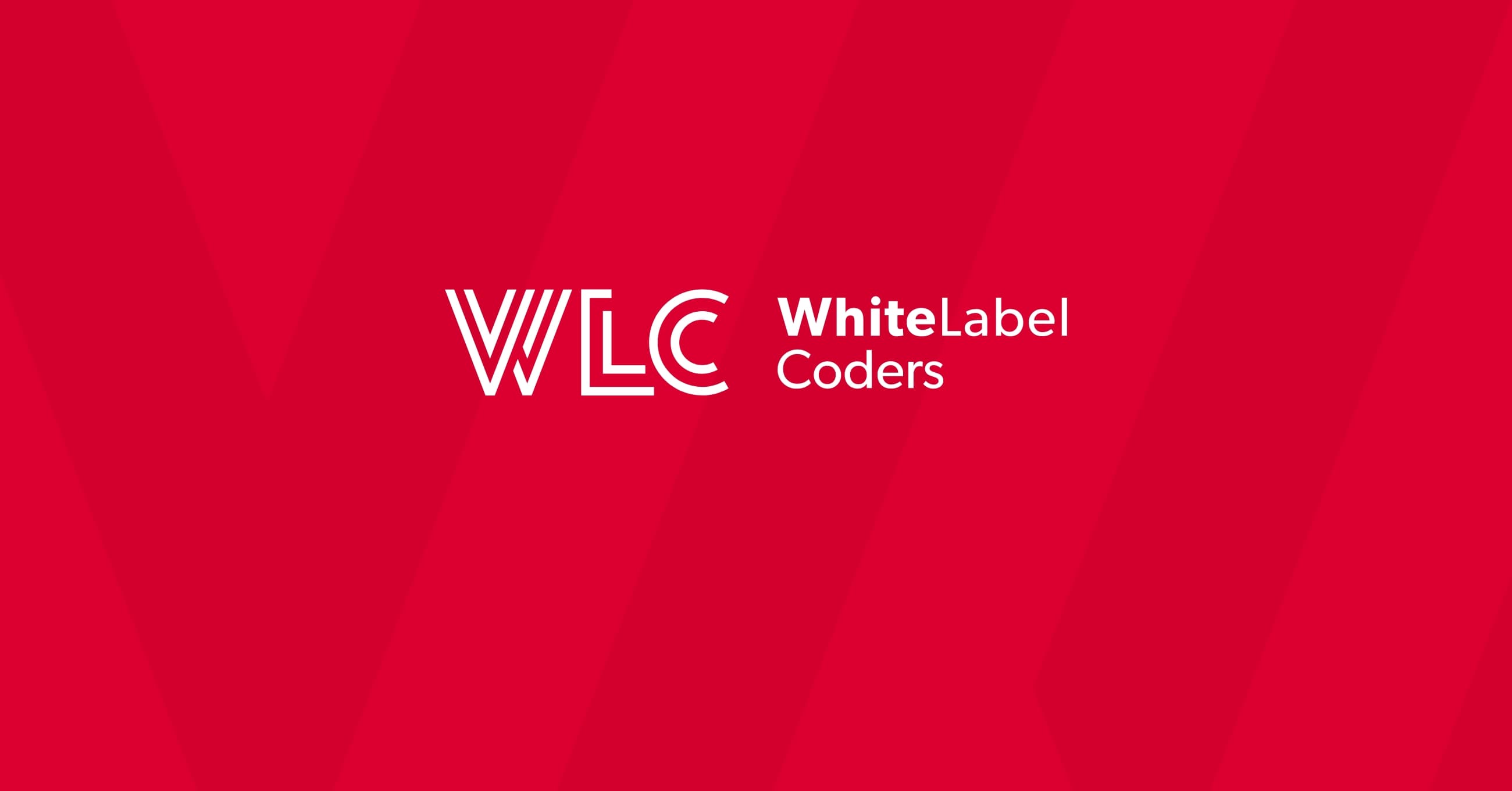Category: SEO AI
What causes high CLS on trading review pages?

High CLS on trading review pages typically results from dynamic pricing widgets, real-time broker data feeds, and comparison tables loading without reserved space. These elements shift content as they populate, disrupting visual stability and harming user experience. Trading portals face unique challenges because they rely heavily on live data integrations, third-party tools, and responsive tables that often lack proper dimension allocation in WordPress implementations.
What is CLS and why does it matter for trading review pages?
Cumulative Layout Shift (CLS) measures visual stability by tracking unexpected content movements during page load. It’s one of Google’s Core Web Vitals metrics, with scores below 0.1 considered good. For trading affiliate sites, poor CLS directly impacts user trust, conversion rates, and search rankings because visitors expect stable, professional interfaces when making financial decisions.
Financial content demands exceptional stability. When broker comparison tables jump around or pricing widgets suddenly appear and push content down, users question the site’s credibility. They’re researching where to invest their money, so any visual instability creates doubt about the platform’s reliability.
The SEO impact is significant. Google uses Core Web Vitals as ranking factors, meaning trading portals with high CLS scores will struggle to compete for valuable broker-related keywords. Lower rankings mean fewer affiliate commissions, making CLS optimization essential for revenue protection.
Beyond rankings, conversion rates suffer when layout shifts disrupt user actions. Someone clicking to read broker reviews might accidentally tap an advertisement instead because content shifted at the last moment. These frustrating experiences increase bounce rates and reduce the likelihood of affiliate link clicks.
What causes high CLS on broker comparison and review pages?
Trading portals experience CLS issues from several specific sources: dynamic pricing widgets loading without reserved space, real-time broker data feeds causing shifts, comparison tables rendering progressively, advertisement injections, custom fonts loading late, third-party trading charts and calculators, responsive images without dimensions, and lazy-loaded broker logos in rankings.
Dynamic pricing widgets are particularly problematic. When a live spread indicator or commission calculator loads, it often appears suddenly without the page having allocated space for it. The entire layout shifts downward to accommodate the widget, creating a jarring experience.
Advertisement injections cause massive layout shifts. Many trading affiliates rely on display advertising for additional revenue, but when ad scripts inject content without proper containers, everything below moves unexpectedly. This is especially common with responsive ad units that adjust size based on available inventory.
Custom fonts contribute to CLS when they load after initial text render. The page displays in a system font, then suddenly switches to the brand typeface with different dimensions. Headlines and navigation elements jump as font metrics change, particularly noticeable on broker name headings and call-to-action buttons.
Responsive images without explicit dimensions are another culprit. Broker logos, chart screenshots, and platform interface images often load without height and width attributes. The browser can’t calculate the required space, so it allocates nothing until the image downloads, then shifts everything to fit.
How do dynamic broker data feeds contribute to layout shifts?
Real-time API integrations for spreads, fees, and trading conditions cause layout instability because data loads asynchronously after initial page render. The timing gap between when the page structure appears and when API responses populate creates continuous shifting, especially when broker information updates frequently throughout the trading day.
The typical pattern works like this: WordPress renders the page structure with empty containers for broker data. JavaScript then requests current spreads, commissions, and trading conditions from broker APIs. When responses arrive (often 500-2000 milliseconds later), the data populates and containers expand or contract based on content length.
Variable data lengths cause unpredictable shifts. A broker spread of “0.5 pips” requires different space than “From 0.1 pips on major pairs”. Without minimum height specifications, containers resize dynamically and push surrounding content around.
Frequent updates compound the problem. Trading portals often refresh broker data every few minutes to maintain accuracy. Each refresh can trigger new layout shifts if not implemented carefully, creating ongoing instability rather than just initial load issues.
Asynchronous loading patterns make timing unpredictable. Different API endpoints respond at different speeds, so broker comparison tables might populate in random order. One row loads and expands, pushing others down, then another loads and shifts everything again.
Why do comparison tables and ranking widgets cause CLS issues?
Broker comparison tables and ranking components in WordPress often lack proper dimension allocation because they’re built with JavaScript-dependent generation. Progressive rendering problems occur when tables build row-by-row, dynamic sorting features recalculate layout, expandable rows change height, and responsive table behaviours trigger layout recalculation across different screen sizes.
JavaScript-dependent table generation means nothing displays until scripts execute. The page shows empty space, then suddenly the entire comparison table appears and pushes footer content down. This creates one of the largest single CLS contributions on trading pages.
Dynamic sorting features recalculate layout when users change how brokers are ordered. Clicking to sort by “Lowest Spread” or “Best Regulation” often triggers a complete table rebuild rather than just reordering existing elements. Each rebuild can cause measurable layout shift.
Expandable rows for detailed broker information create shifts when activated. A user clicks “Show Details” and the row expands to reveal additional trading conditions, pushing all subsequent rows downward. Without reserved space or smooth transitions, this registers as layout shift.
Responsive table behaviours cause shifts across breakpoints. Tables that switch from horizontal layouts on desktop to card-based layouts on mobile often recalculate dimensions during this transition, especially if the switch happens after initial render based on JavaScript detection rather than CSS media queries.
How can you fix CLS caused by third-party trading tools and embeds?
Stabilize external integrations like TradingView charts, broker widgets, and live price tickers using skeleton screens, CSS aspect ratio boxes, iframe dimension specifications, async/defer script optimization, and facade patterns for heavy embeds. These techniques ensure space is reserved before third-party content loads.
Skeleton screens show placeholder content that matches the final element’s dimensions. For a TradingView chart, display a grey box with the exact height and width the chart will occupy. When the actual chart loads, it replaces the placeholder without shifting surrounding content.
CSS aspect ratio boxes maintain space for iframes and embeds. Use the aspect-ratio property or padding-bottom technique to create containers that hold their dimensions regardless of content load status. A broker comparison widget iframe gets a container with fixed proportions that prevents layout shift.
Iframe dimension specifications should always include explicit width and height attributes. Even if CSS overrides these for responsive behaviour, the attributes give browsers information to calculate space during initial render. Add these to all broker widget embeds and trading calculators.
Async and defer script optimization prevents render-blocking while controlling execution timing. Load third-party tracking scripts with these attributes, but be cautious with tools that inject visual elements. Those need space reservation before script execution.
Facade patterns delay loading heavy embeds until user interaction. Show a static image of a trading chart with a play button overlay. When clicked, load the actual interactive TradingView embed. This eliminates CLS from embeds users never interact with while improving overall page performance.
What WordPress optimization techniques prevent CLS on trading pages?
Setting explicit width and height attributes on images and iframes is fundamental. WordPress 5.5+ automatically adds these from media library metadata, but custom broker logos and chart screenshots need manual specification. Use the aspect-ratio CSS property for modern browsers with fallback techniques for older ones.
Proper font-display strategies prevent text layout shifts. Use font-display: swap with size-adjust properties to ensure fallback fonts match custom font dimensions. For trading portals where broker names and numbers are critical, consider font-display: optional to avoid shifts entirely on slow connections.
Custom Gutenberg blocks with reserved space solve many trading-specific CLS issues. Build blocks for broker comparison tables, spread widgets, and ranking components that include minimum height specifications and skeleton states. Content editors can use these blocks knowing they won’t cause layout shifts.
Server-side rendering for data-heavy components eliminates the gap between page load and data population. Fetch current broker spreads and fees during WordPress page generation, rendering complete HTML rather than empty containers that JavaScript fills later. This works well for data that doesn’t need second-by-second accuracy.
Loading priorities for critical trading content ensure important elements render first with proper spacing. Use WordPress’s script and style dependencies system to control load order. Critical broker data and comparison tables should load before supplementary widgets and tracking scripts.
How do you measure and monitor CLS on trading affiliate sites?
Measure CLS using Google PageSpeed Insights for quick analysis, Chrome DevTools for detailed debugging, Search Console Core Web Vitals report for real-user data, and real-user monitoring tools for ongoing tracking. Understanding the difference between field data (actual users) and lab data (simulated tests) is essential for accurate optimization.
Google PageSpeed Insights provides both lab and field data. Lab data shows CLS under controlled conditions, useful for development. Field data reflects actual user experiences over the past 28 days, which is what Google uses for rankings. Check both your broker comparison pages and individual review pages.
Chrome DevTools offers frame-by-frame CLS analysis. Open DevTools, go to Performance tab, record page load, then look for Layout Shift entries in the timeline. Click each shift to see which elements moved and by how much. This identifies specific widgets or tables causing problems.
Search Console Core Web Vitals report groups pages by CLS performance. It shows which page types have issues (like all broker review pages) rather than requiring individual page checks. This helps prioritize fixes that impact the most pages.
Real-user monitoring tools like Cloudflare Web Analytics or specialized services track CLS continuously across actual visitor sessions. They capture shifts that only occur under certain conditions, like slow mobile connections or specific browser versions, which lab testing might miss.
Acceptable CLS thresholds for financial content should be stricter than general guidelines. While Google considers below 0.1 good, trading portals should target below 0.05 given the trust requirements of financial decisions. Monitor both desktop and mobile separately, as mobile often shows higher CLS.
What advanced WordPress architecture prevents CLS at scale?
Modern WordPress frameworks like Sage, Bedrock, and headless approaches enable better performance control through component-based development, build processes, and separation of concerns. Centralized Trading Data Centers, component libraries, server-side rendering, strategic caching, and structured content models prevent layout shifts across hundreds of broker pages while maintaining real-time data accuracy.
Centralized Trading Data Centers create a single source of truth for all broker information. Rather than each page independently fetching API data, a central system updates broker spreads, fees, and conditions at regular intervals. Pages pull from this cache, eliminating asynchronous loading delays and ensuring consistent dimensions.
Component libraries standardize how trading elements render. Every broker comparison table uses the same component with identical skeleton states, loading patterns, and dimension specifications. This prevents CLS variations across different page templates and ensures optimization work scales automatically.
Server-side rendering with frameworks like Sage allows WordPress to generate complete HTML including current broker data before sending pages to browsers. The initial render includes actual content rather than placeholders, eliminating the most significant CLS sources.
Strategic caching balances performance with data freshness. Broker information that changes hourly can be cached and regenerated on schedule rather than fetching live for every visitor. This enables server-side rendering while maintaining accuracy for trading conditions that don’t need real-time updates.
Structured content models define exact specifications for every broker data field. When you know spreads always display in a specific format with predictable character lengths, you can allocate precise space. This eliminates variable-length content as a CLS source across your entire broker database.
Modern WordPress architecture also enables better asset optimization. Build processes can inline critical CSS for above-the-fold broker comparison tables, preload essential fonts, and bundle scripts efficiently. These improvements reduce overall load time while specifically addressing CLS contributors. Working with a white label agency experienced in best practices in programming can help implement these advanced architectural patterns effectively.

